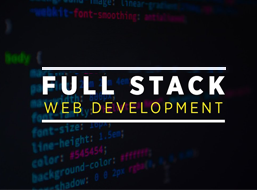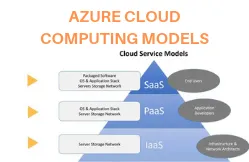Is No Code Better Than Coding?
No Code means succeeding in different tasks without writing the standard lines of code typically used in programming. For instance, the green shading, drop-and-drag tools, or components built in advance will be used to make applications or automate processes. For example, services like Zapier, let users create automated procedures, translating data from one platform to another without having to write any code. In the other case, website builders such as Wix or Squarespace will allow users to build websites via software that contains a visual interface and requires no HTML, CSS, or JavaScript codings.
The idea of the "no coding" approach is to spread software development further to tech laymen and enable individuals, even without a formal programming background, to build digital solutions and automate tasks much easier. We can also recognise that it becomes even more empowering for entrepreneurs, small business owners, and individuals with unique needs who, unfortunately, don’t have the expertise when it comes to mobile program development.
Whether "no code" is better than other solutions depends on the project type and demand. There are scenarios where "no code" solutions might be preferable, as well as situations where traditional coding may be more appropriate.
No Code Might Be Better When:
1 Limited Budget: If budget is your main concern and you need a less-expensive application or something that will do only the most basic tasks, no-code solutions can be an economical choice because the cost of developing such applications is much lower than the cost of hiring programmers.
2 Rapid Development: If you are experiencing a scenario characterised by speed and have to come up with a solution that should be deployed as fast as possible, a no-code platform becomes handy because of the drag-and-drop interfaces and already built components.
3 User-Friendly Interface: Upon shoulder possess the users who will be constructing or managing the solution, not coding education or technical abilities, a no-code platform with a simple interface can be working with, not be problematic.
4 Iterative Development: No code platforms open doors for speedy development and quick prototyping. Coding is no longer a headache: A few clicks, drags, and drops suffice the purpose. It is possible to make modifications and check ideas without writing the code from scratch.
5 Integration: For projects that integrate with several third-party services or APIs, most no-code platforms tend to offer the connectors in an out-of-the-box format, allowing you to hook different systems with relative ease.
Traditional Coding Might Be Better When
1 Complex Requirements: In instances with considerable complications that do not suit the no-code platforms’ area of capability, the traditional way of coding would have to be utilised to obtain the desired functionality and performance.
2 Customization: The current availability of a particular feature or function in an off-the-shelf WordPress plugin may not be adequate enough to satisfy a market need, especially if you want to add customisation. However, the current state-of-the-art approach where you can code it in the way it was conceived notwithstanding, I consider that writing the WordPress code will be the best approach.
3 Scalability: The code is likely to complete medium-sized project requirements but it will not be fit to be scaled to a large number of large-scale projects or production environments or to rollouts with high performance and scalability.
4 Advanced Functionality: If the goal is Henry level and not too smart, this will also not be a problem because you can do the work you have high level and have to imitate human body movements. On the other hand, there should be exceptional cases. For example, if your project needs advanced capabilities, complex algorithms or low-level optimization, an engineer can help you.
5 Full Control: Programming can help replace the interference of the old code with the freedom Android can grant. This feature has a very profound impact as the features, reliability, as well as security that it brings bring your application to the same level as your requirements.
The question is not which one to choose but which one is more adequate given the specificity and project's structure. Here, the coding takes the diversion, its customization and scalability can not be unbiased compared to no-code saving. For instance, Apponix Academy provides a way of filling up this gap by teaching both coding and no-code development at the same time, which makes the student able to select a useful instrument for their project but, at the same time, gives the necessary expertise in both parts of this problem.







